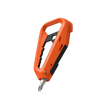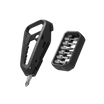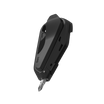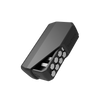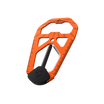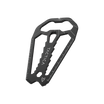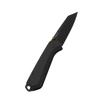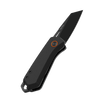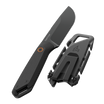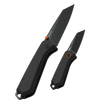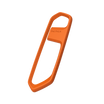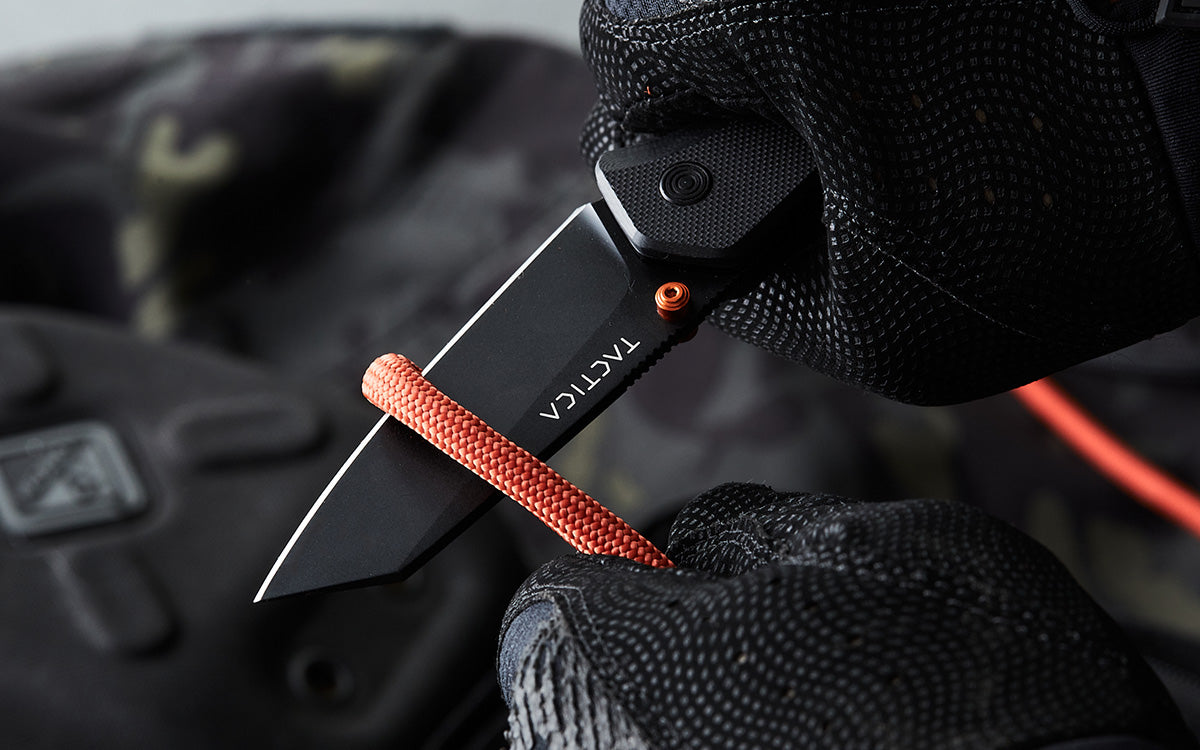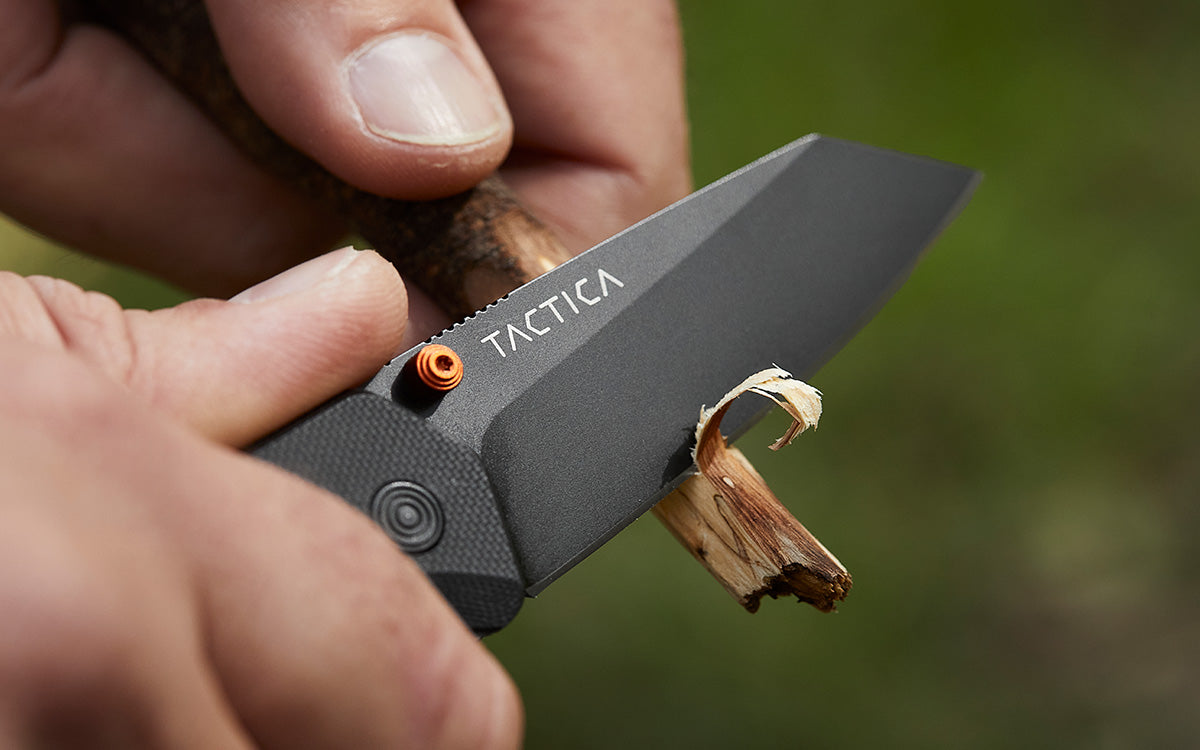When it comes to your outdoor knife, you’ve got a few things to consider. Sure, anything will do in a pinch - but don’t expect that old steak knife to last too long as a makeshift woodsplitter. Across these next few blog posts, we’ll be breaking down the big points so you know what’s what when you’re out buying tools for your next camping trip.
Part 1 - To fold or not to fold?
Starting with the very first choice you’ll have to make, are you looking for a fixed knife or a folder? Traditionalists swear by their Grandfather’s fixed blade that weighs a tonne and doubles as a hammer, while some hikers won’t be caught dead carrying anything heavier than a featherweight liner-lock. Both are equally valid based on your camping style, so take some time to consider how you’ll be using it.
Folders
Folding knives are the quintessential format for EDC, and that portability comes in especially handy for hikers, backpackers and climbers. They’re generally more compact, easier to carry, and have the added security of hiding the sharp bit inside the handle so you don’t end up with cuts where you don’t want them. If you’ll be doing light cutting activities - such as trimming fishing line - or moving around frequently - like overnight hiking - they’ll be far more comfortable to carry than a fixed knife.
This compactness comes with a trade-off, of course, and their pivoting blade can be much weaker than the solid, single-piece construction of a fixed knife. Additionally, if you plan on preparing food with a folder then make sure to consider the materials and design - the last thing you want are flecks of rotten meat caught in-between your handles, or rusty bearings from frequent washing. We’ll get into blade materials later, but if you’re buying for the outdoor kitchen then aim for food-safe grades of steel with great corrosive resistance.

Fixed
On the other hand, we have the tried-and-tested fixed knife. Typically larger than a folder, these knives are often seen in the more heavy-duty roles - from skinning game and cutting fish to splitting wood. Without a pivot for the stress to concentrate on, these blades tend to last longer in an outdoor setting, but they start to fall apart when it comes to portability. Most fixed knives need a large sheath - often made from thermoformed Kydex - that’s clipped to your belt, so if you’re not a fan of a bulky carry, then maybe look somewhere else.
You should also pay heed to the fixed knife’s “tang” - the flat part of the blade that attaches to the handle. Some knives may reduce the tang to save on weight (or cost), but this lack of foundation makes the knife more susceptible to damage with jarring impacts or stress. It’s generally advised to go for a knife with a full tang, if for no other reason than it won’t fall apart on you as quickly.
In conclusion,
And those are the big points on the fixed vs folder debate! Ultimately, the decision comes down to what you plan on doing with your shiny new knife - is it going to be a campsite workhorse? Or a portable cutting tool for life on the trail? In the next couple articles we’ll go over materials and blade styles, so keep on reading to build an image of your perfect knife.

